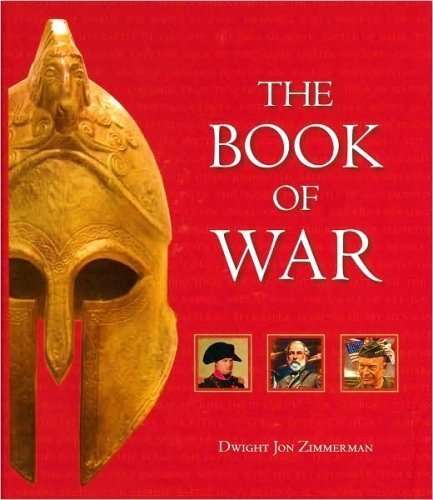
The Book of War
Check my rate
| Main centres: | 1-3 business days |
| Regional areas: | 3-4 business days |
| Remote areas: | 3-5 business days |

| Main centres: | 1-3 business days |
| Regional areas: | 3-4 business days |
| Remote areas: | 3-5 business days |
Published by Black Dog & Leventhal, 2008, hardcover, index, 512 pages, 20 cms x 22.7 cms x 4.6 cms, condition; as new.
Throughout human history, violent conflict has been a fact of life. To know the history of war is to know human history. The Book of War recounts landmark battles that shaped civilizations from 1274 B.C. up to the present day. Organized chronologically, this fascinating survey details pivotal military events from early empires through to modern warfare. It also reveals their immediate impact and importance to history. Each entry spans two pages, with concise text and stunning images for each battle. Interspersed throughout the book are essays on innovations, strategies, or leaders that have changed the way war has been waged.
"Dwight Zimmerman's The Book of War provides a fascinating look at the history of violent human conflict. Organized chronologically, each topic is presented on a two-page spread featuring engaging text and an associated visual. The topics include key events, people, and tools from cultures around the world.[return][return]Because the text is entertaining and easy-to-read, this reference is appropriate for all ages. The color and black/white images including drawings, sketches, paintings and photos bring the history of war alive for readers. Librarians will find it a useful reference, teachers may use it to jump start inquiry projects, and students of history will enjoy browsing the wide range of topics.[return][return]Zimmerman's knowledge of history and ability to convey captivating stories is impressive. I don't usually refer to history reference materials as "page-turners," however I'll make an exception in this case. Sitting in front of a warm fire in my favorite leather chair, the evening flew by as I soared through the history of human civilization. [return][return]Having received the Gold Medal Award from the Military Writer's Society of America, this book belongs in both personal and library collections. I highly recommend this book."